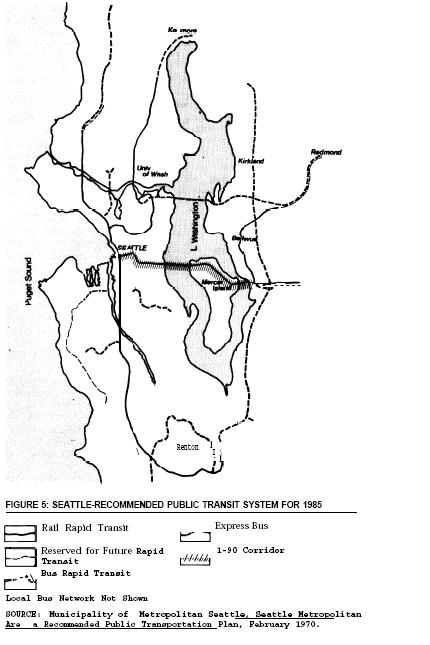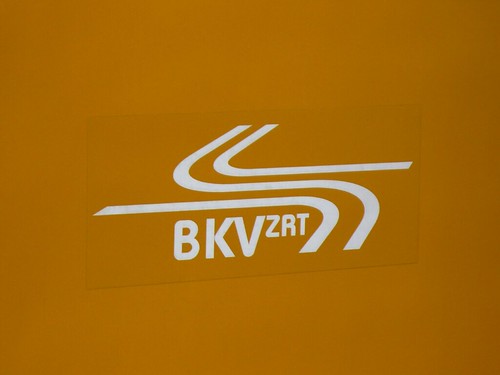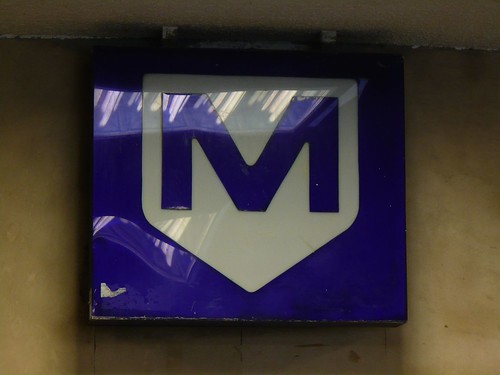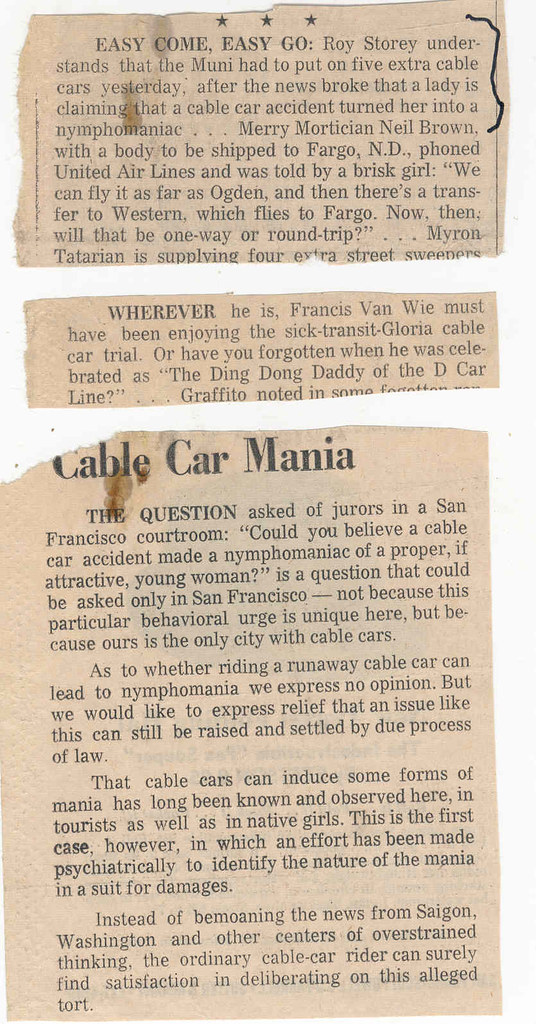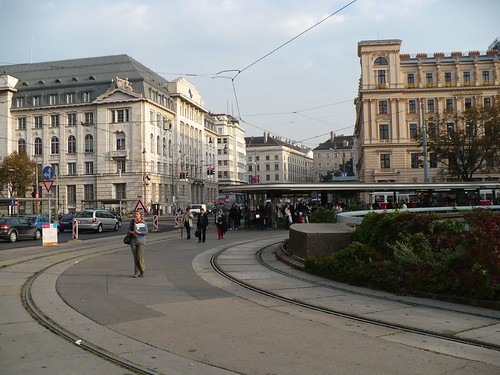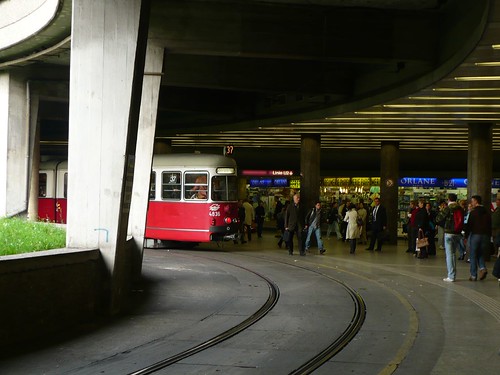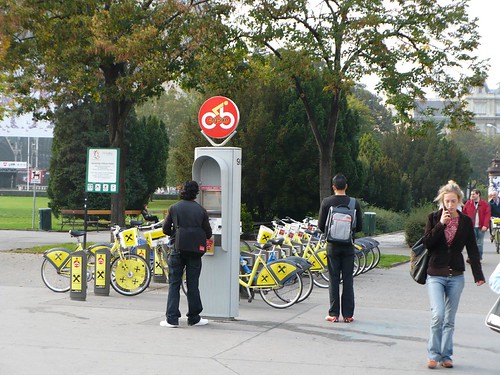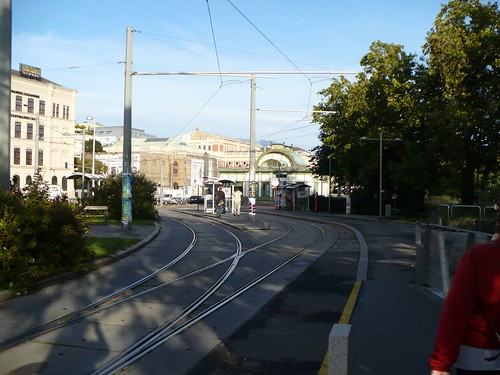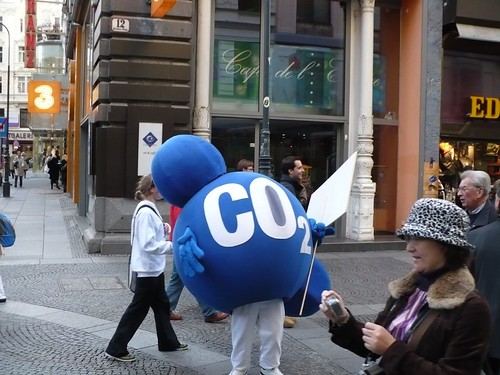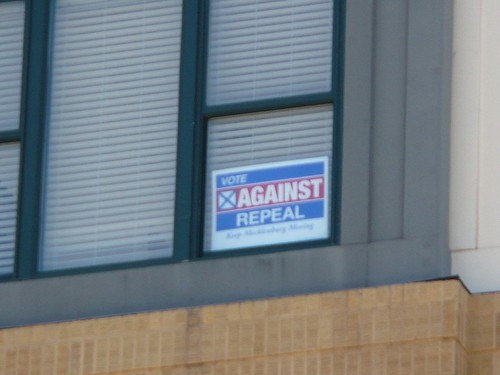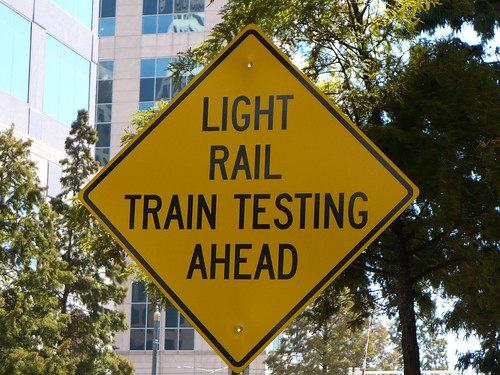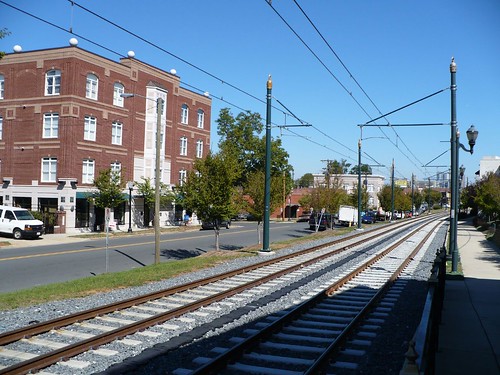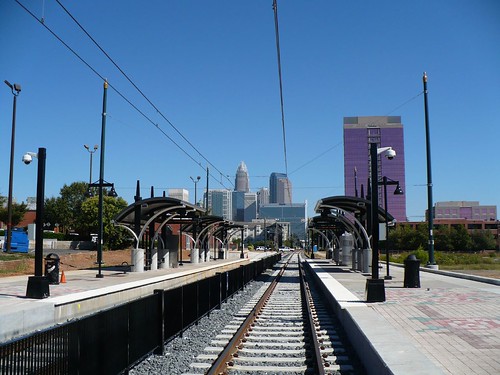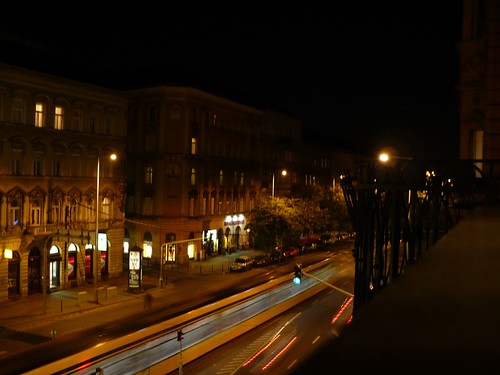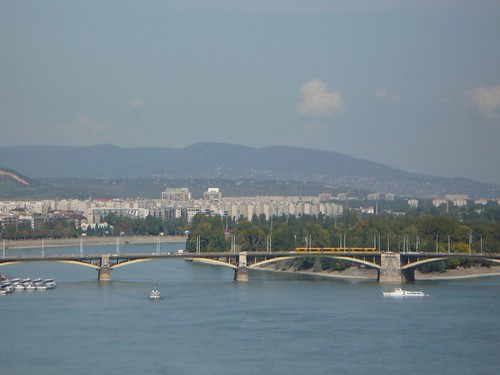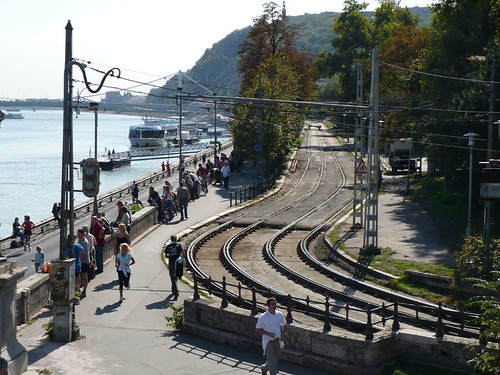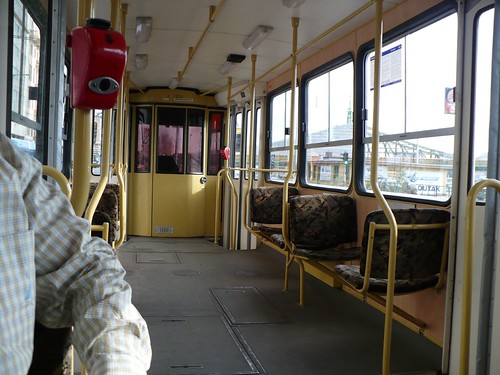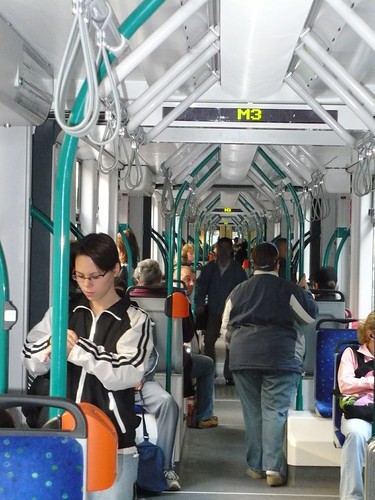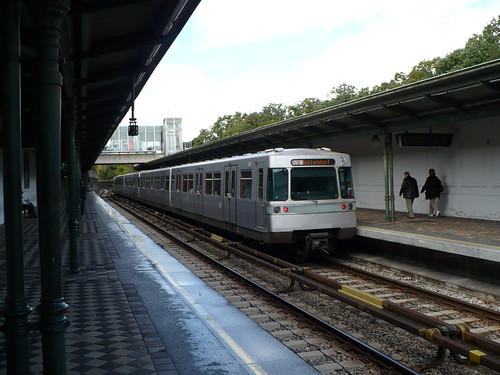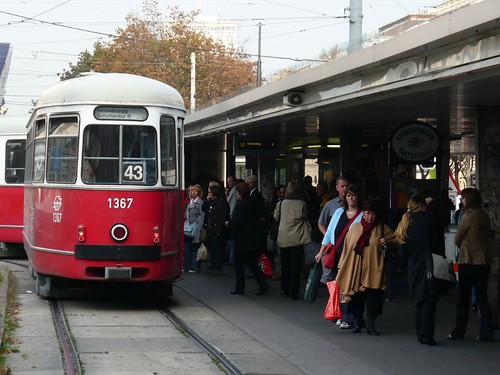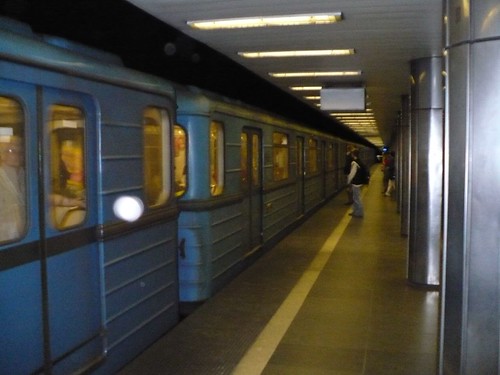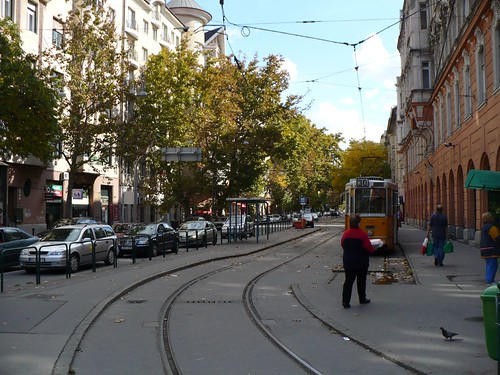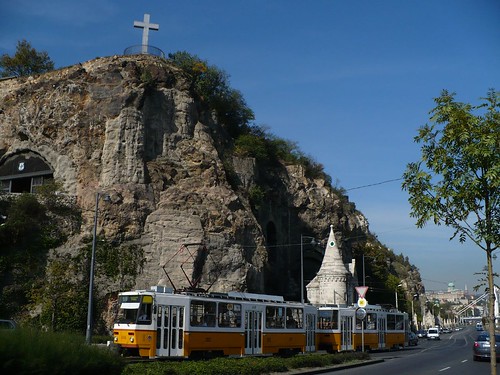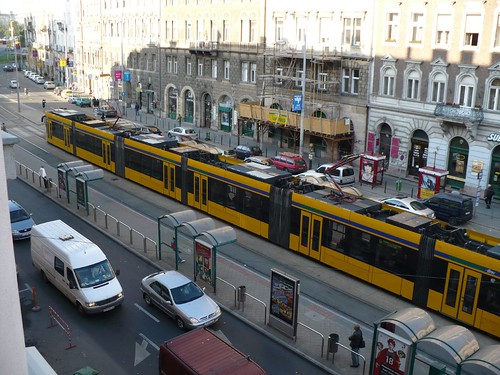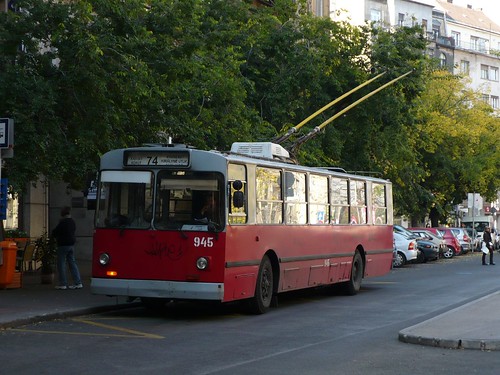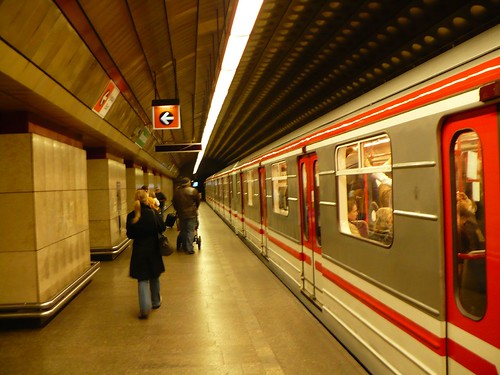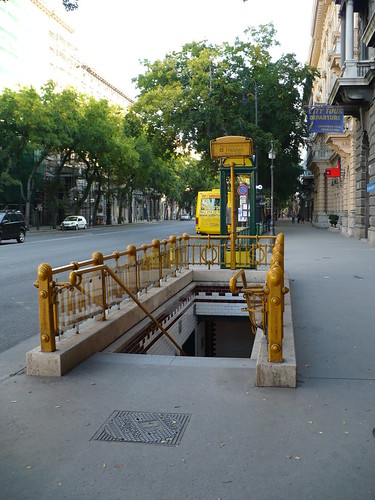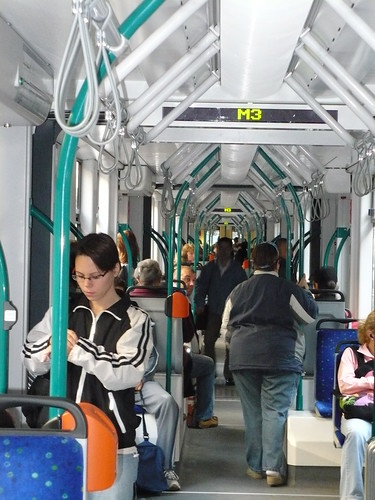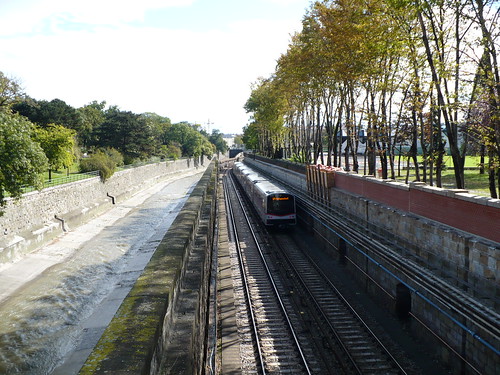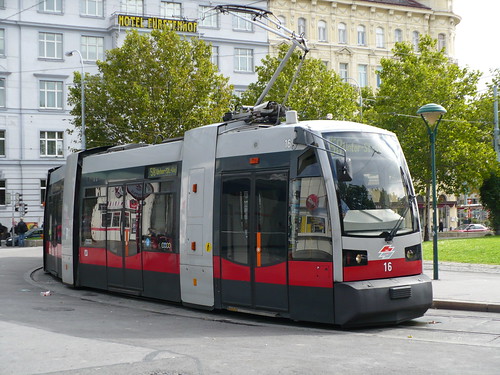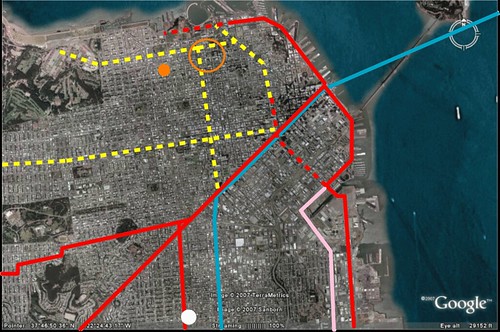My favorite quotes from some of the candidates...
Edwards
...will create incentives for states and regions to plan smart growth and transit-oriented development with benchmarks for reductions in vehicle miles traveled.Richardson
Obama
Bike and walking trails. Support metro area governments that create useful, safe bike trail infrastructure and bike parking in appropriate regions of the country. Create tax incentives for companies, universities, and governments to encourage bicycle commuting. Smart growth planning.
Provide state-level planning grants to allow coordination of planning functions and policies encouraging energy and water conservation, transit-oriented development, and other commitments to planning that reduces energy demand.
Reform Federal Transportation Funding: As president, Barack Obama will re-evaluate the transportation funding process to ensure that smart growth considerations are taken into account. Obama will build upon his efforts in the Senate to ensure that more Metropolitan Planning Organizations create policies to incentivize greater bicycle and pedestrian usage of roads and sidewalks, and he will also re-commit federal resources to public mass transportation projects across the country. Building more livable and sustainable communities will not only reduce the amount of time individuals spent commuting, but will also have significant benefits to air quality, public health and reducing greenhouse gas emissions.Clinton
Link federal public transit funds to local land use policies that encourage residential developments that maximize public transit usage. Over the next 25 years, a large percentage of the buildings we live, work, and shop in will be rebuilt or newly built. This presents a significant opportunity for the federal government to encourage sensible residential and commercial development that are linked to, and encourage, public transit usage. Local areas seeking large federal investments in public transit are already required to have land-use plans and policies that make investing in a high-density transit system worthwhile. Today, these requirements are focused mainly on commercial developments and not enough on residential considerations. Hillary will encourage the sort of dense residential concentrations needed to support public transit systems by better linking public transit funding with residential land-use policies. This will help to discourage sprawl and fight congestion.They talk a good game. I still wonder who will deliver.

